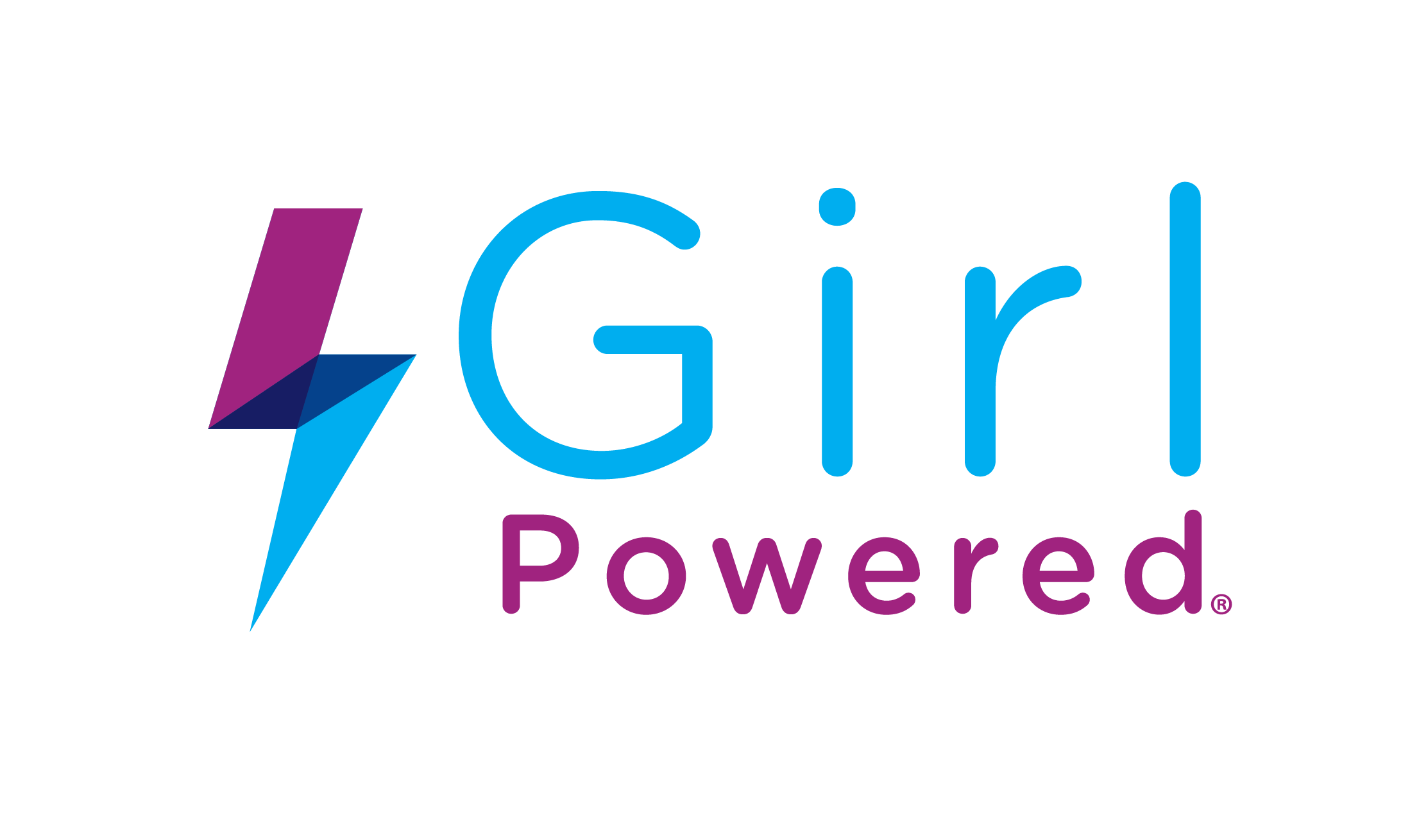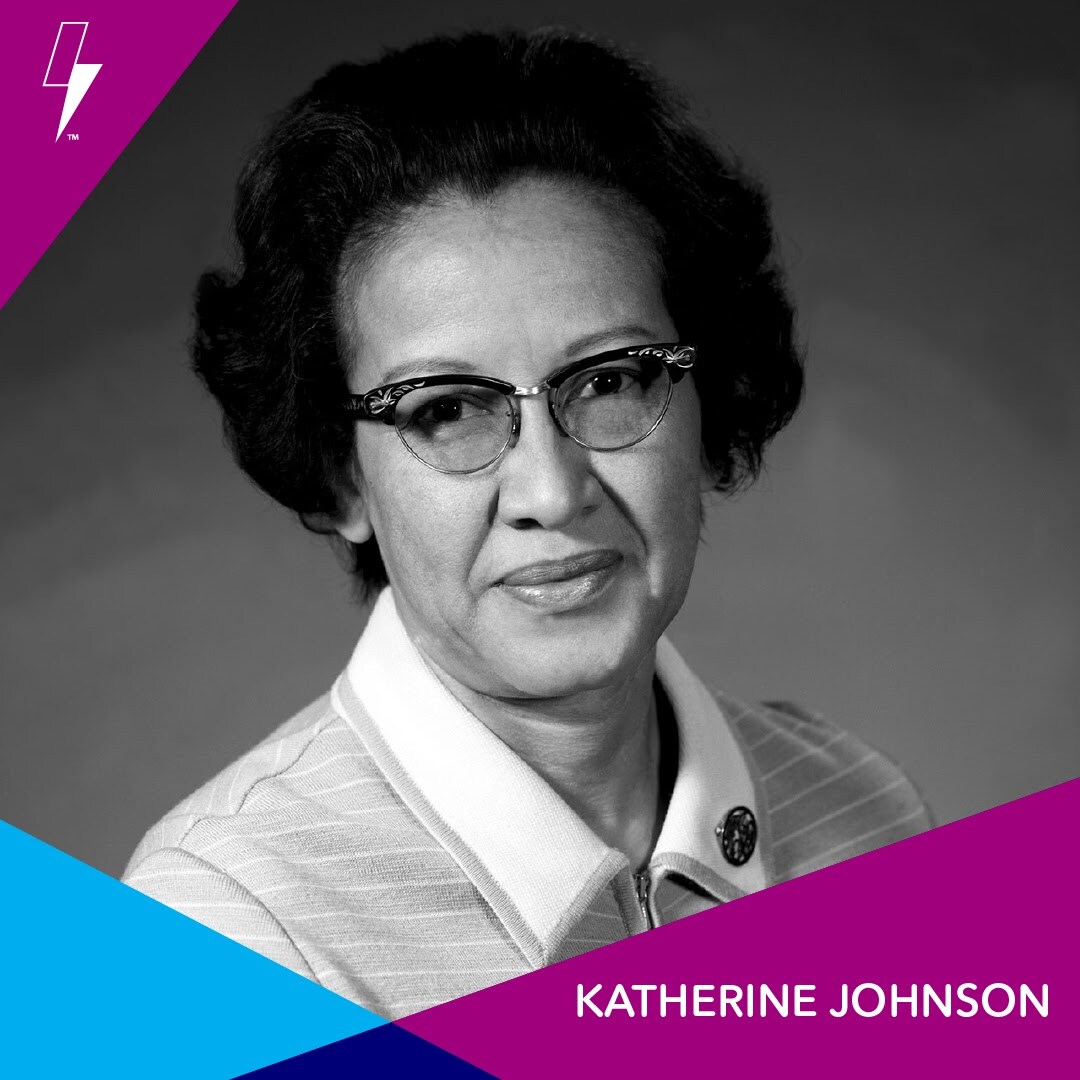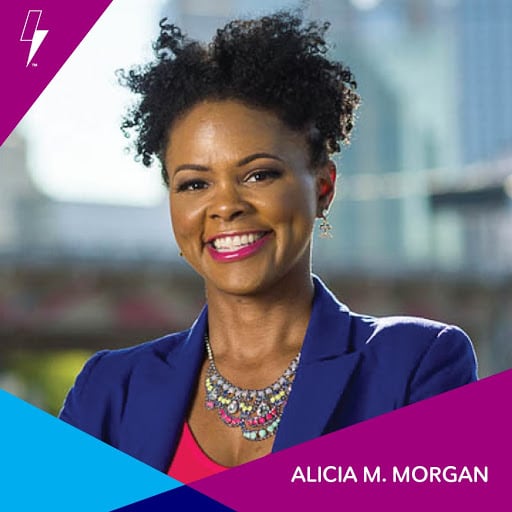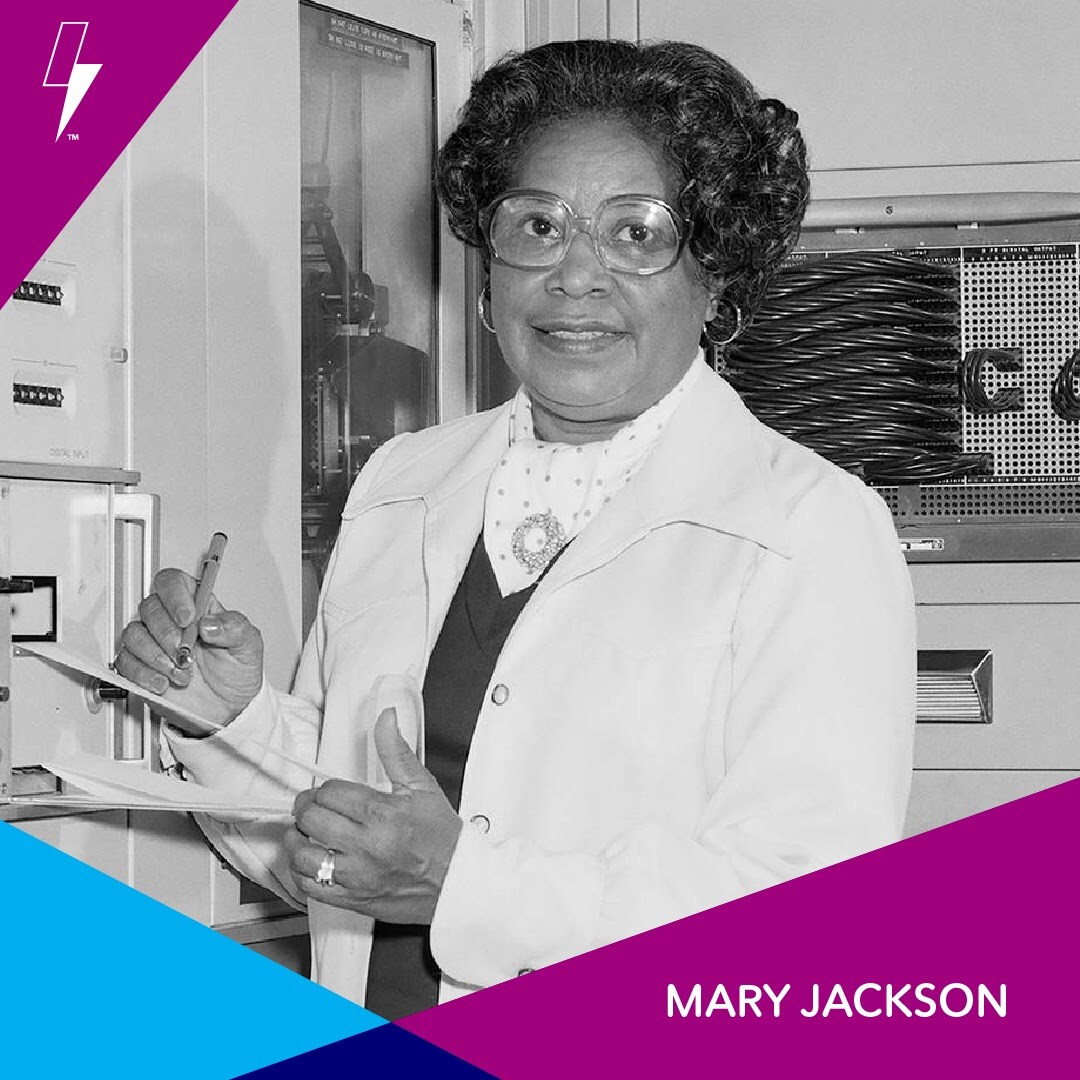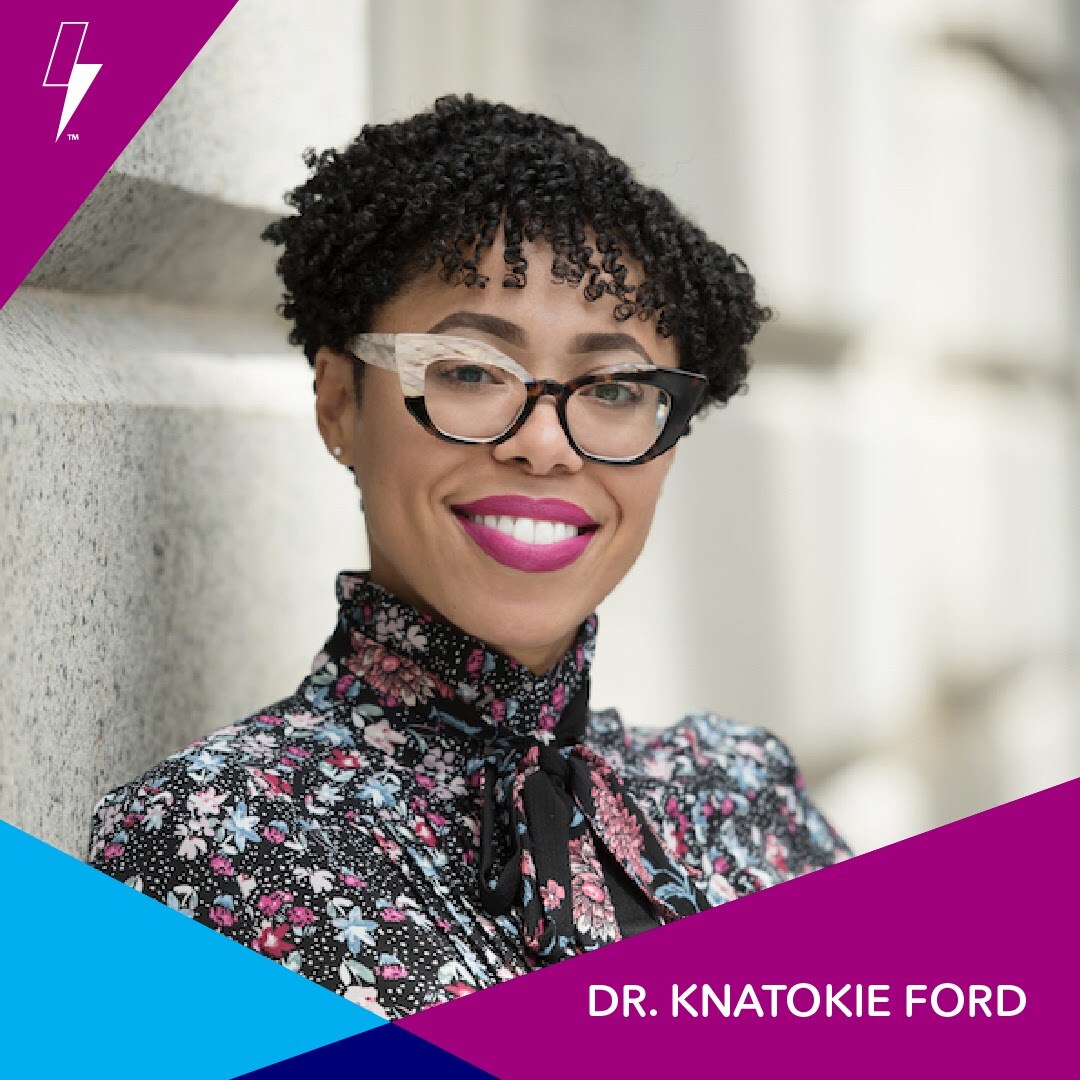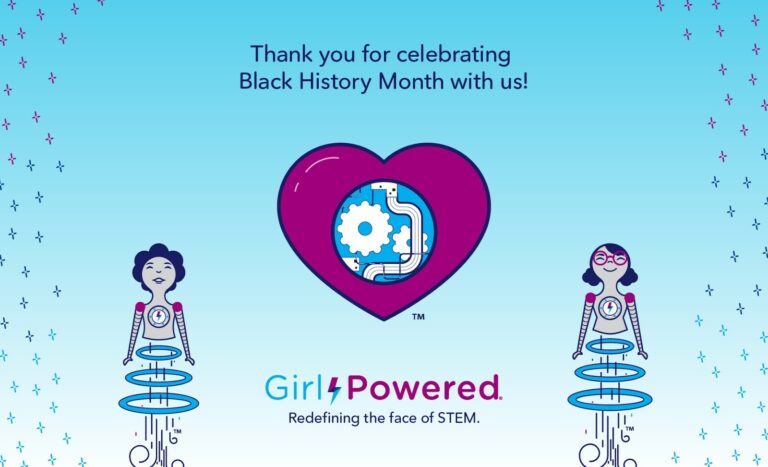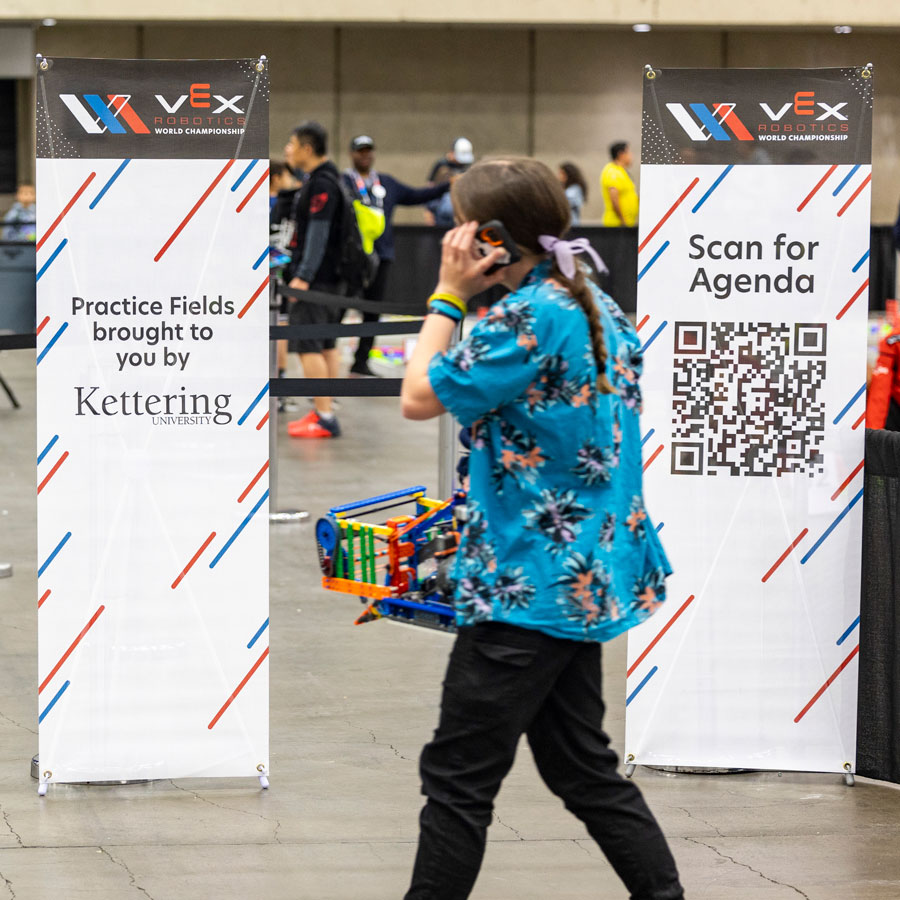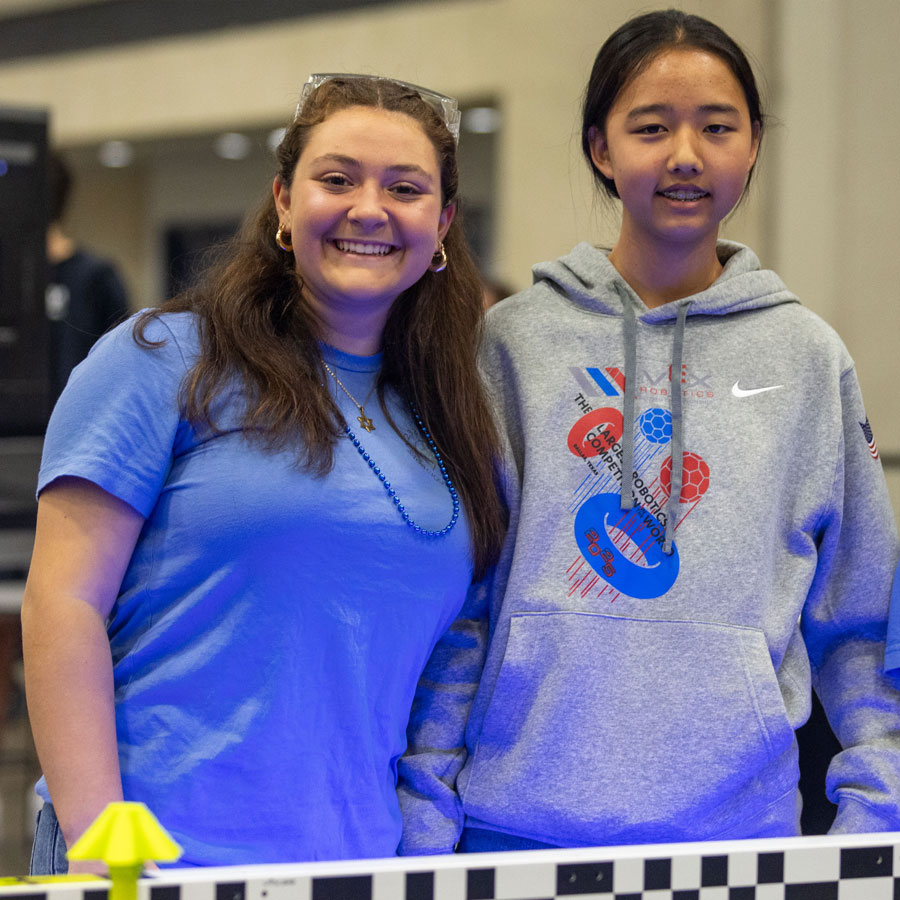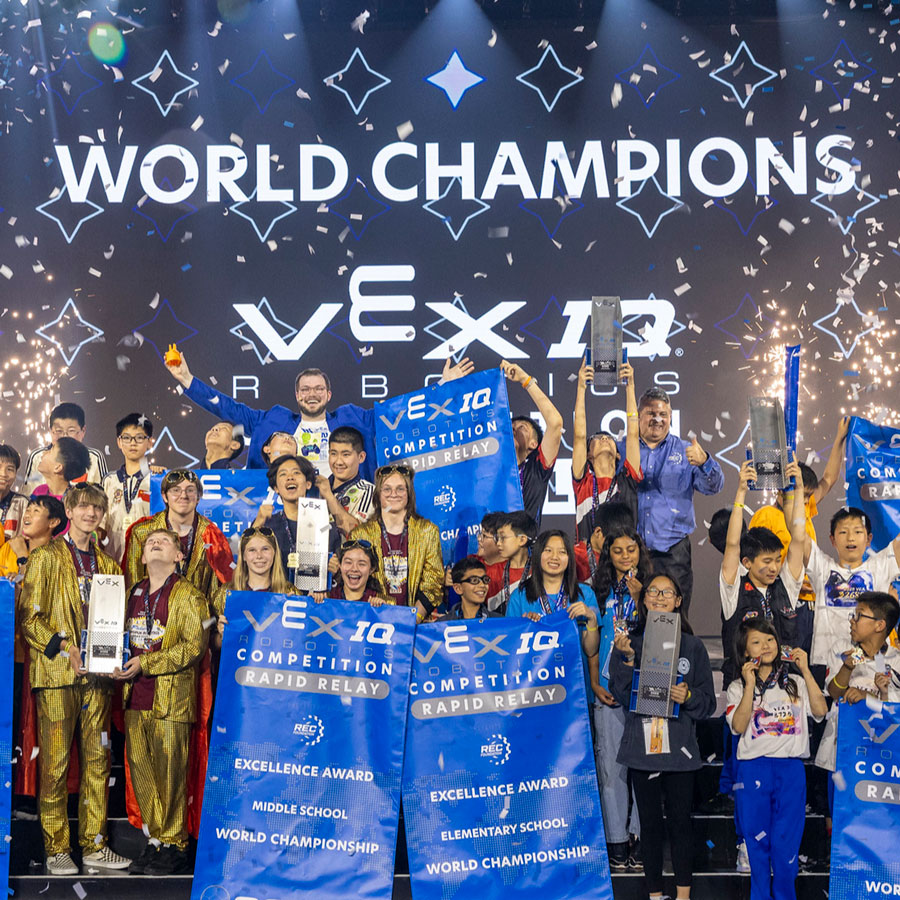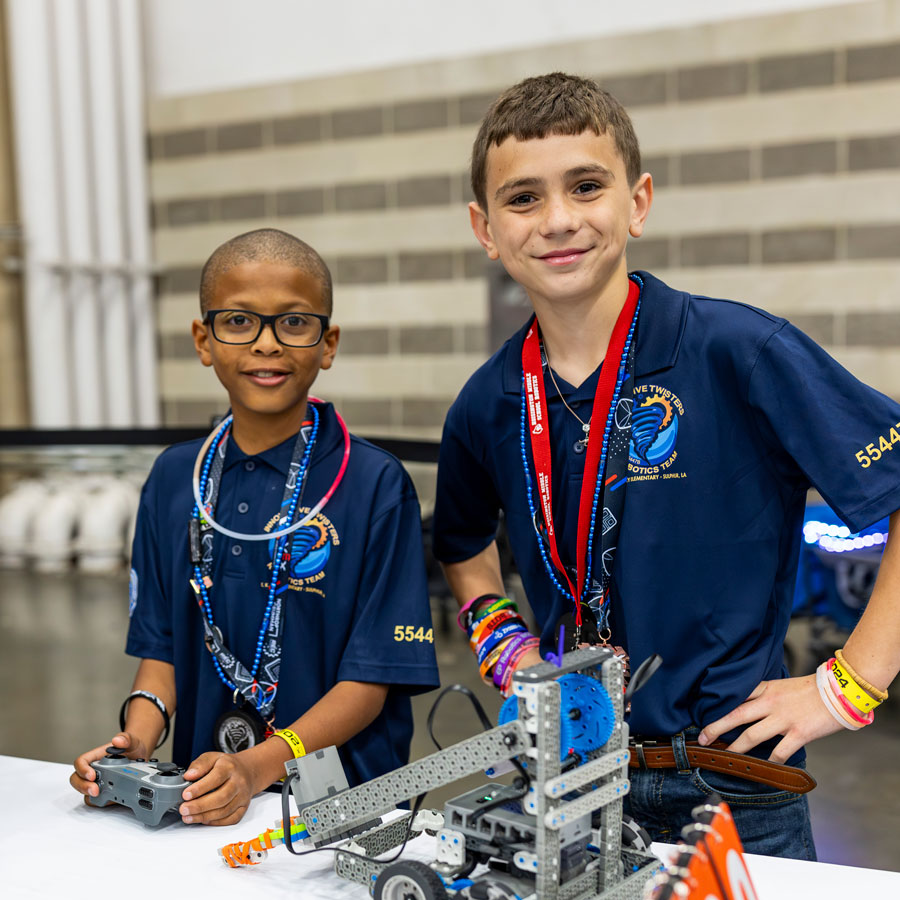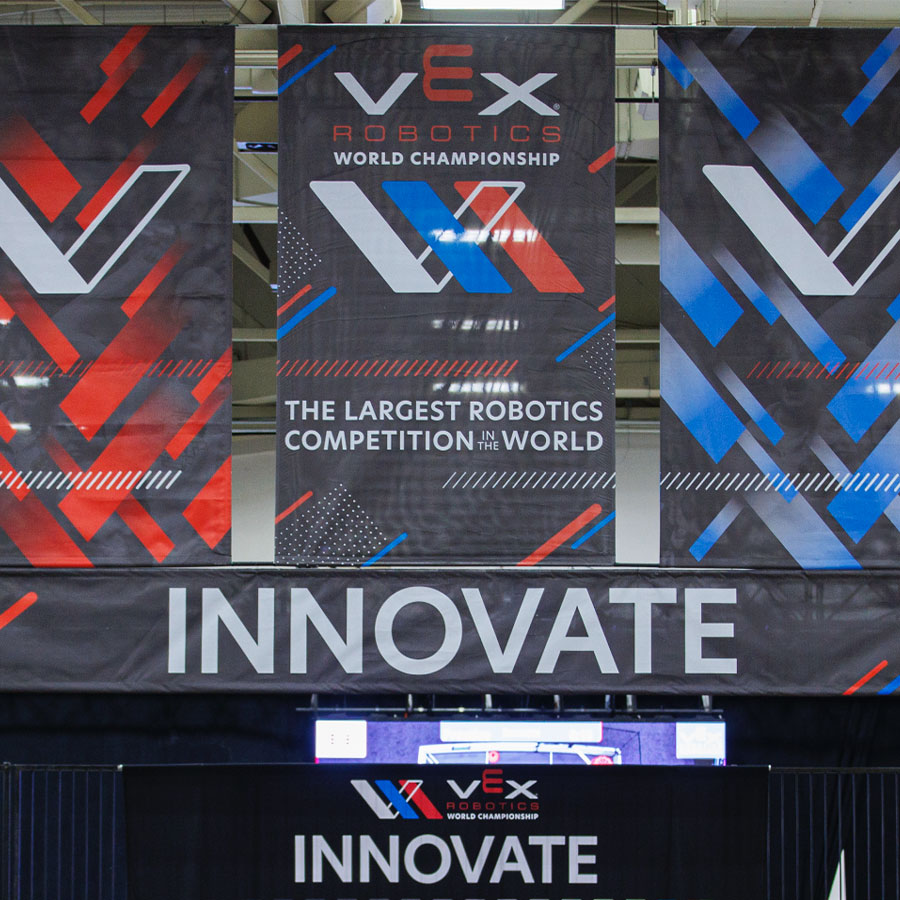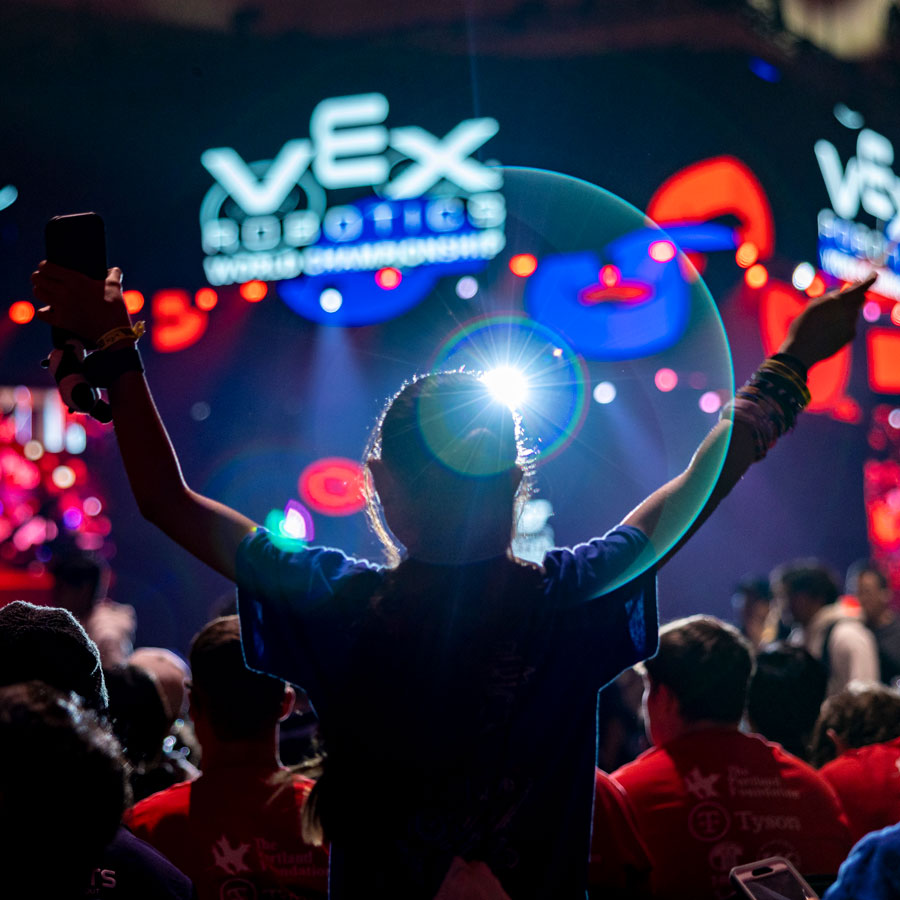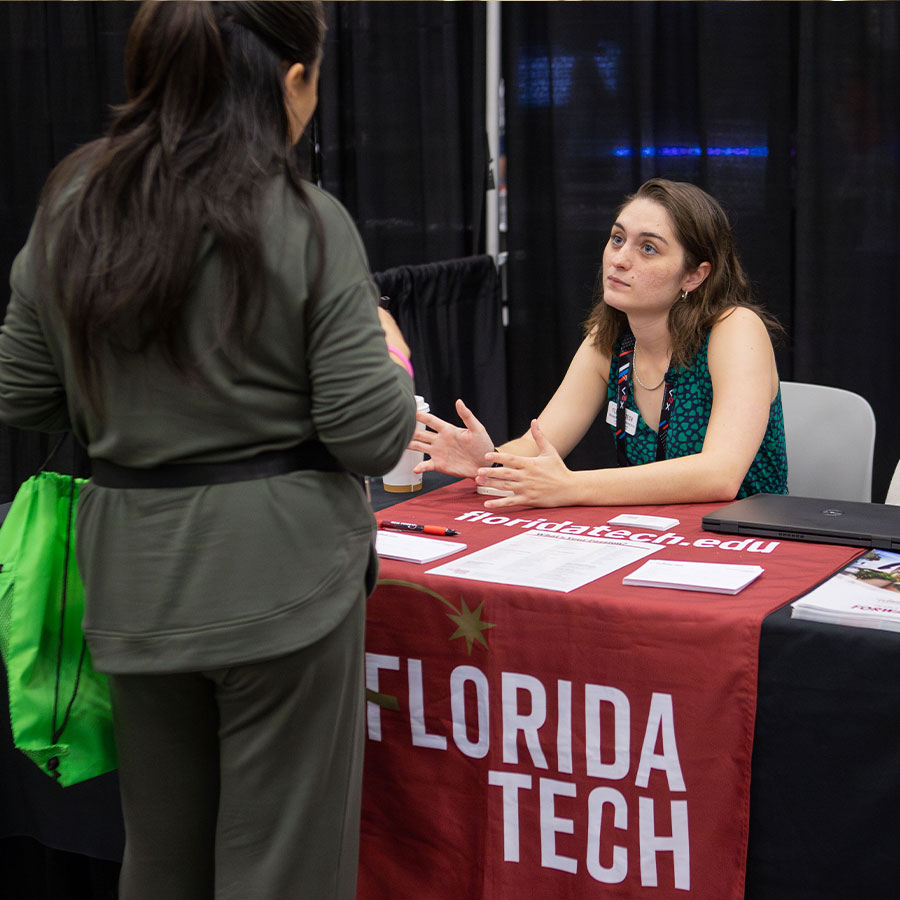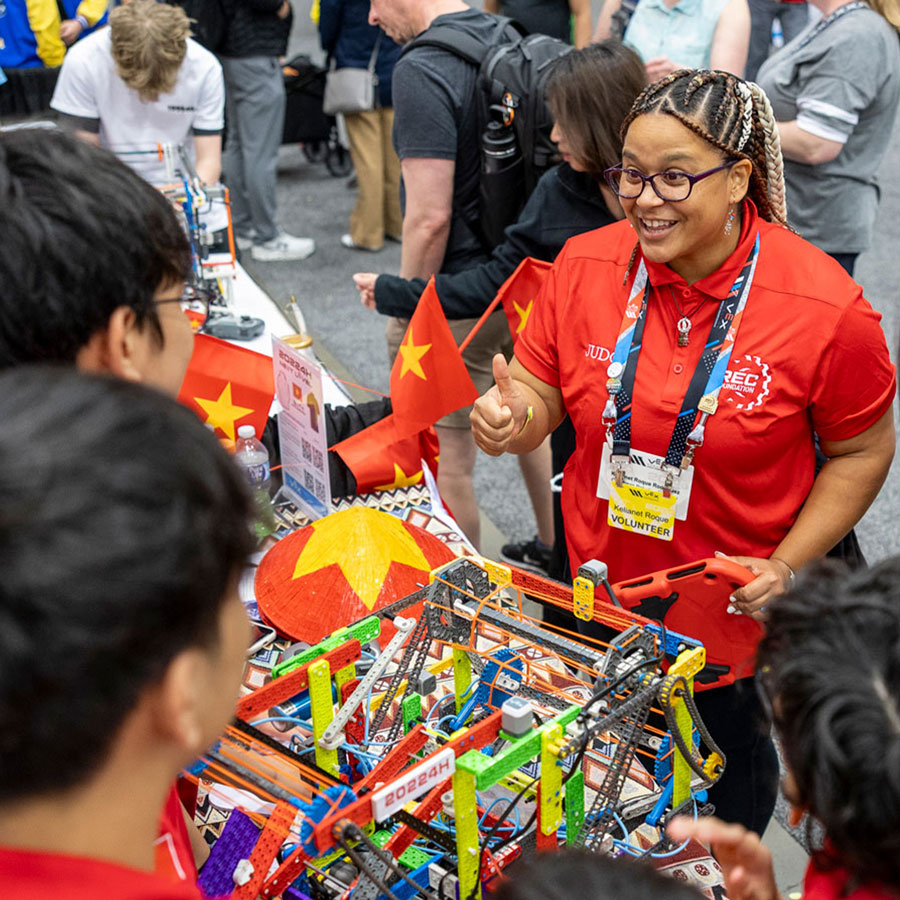Njema Frazier
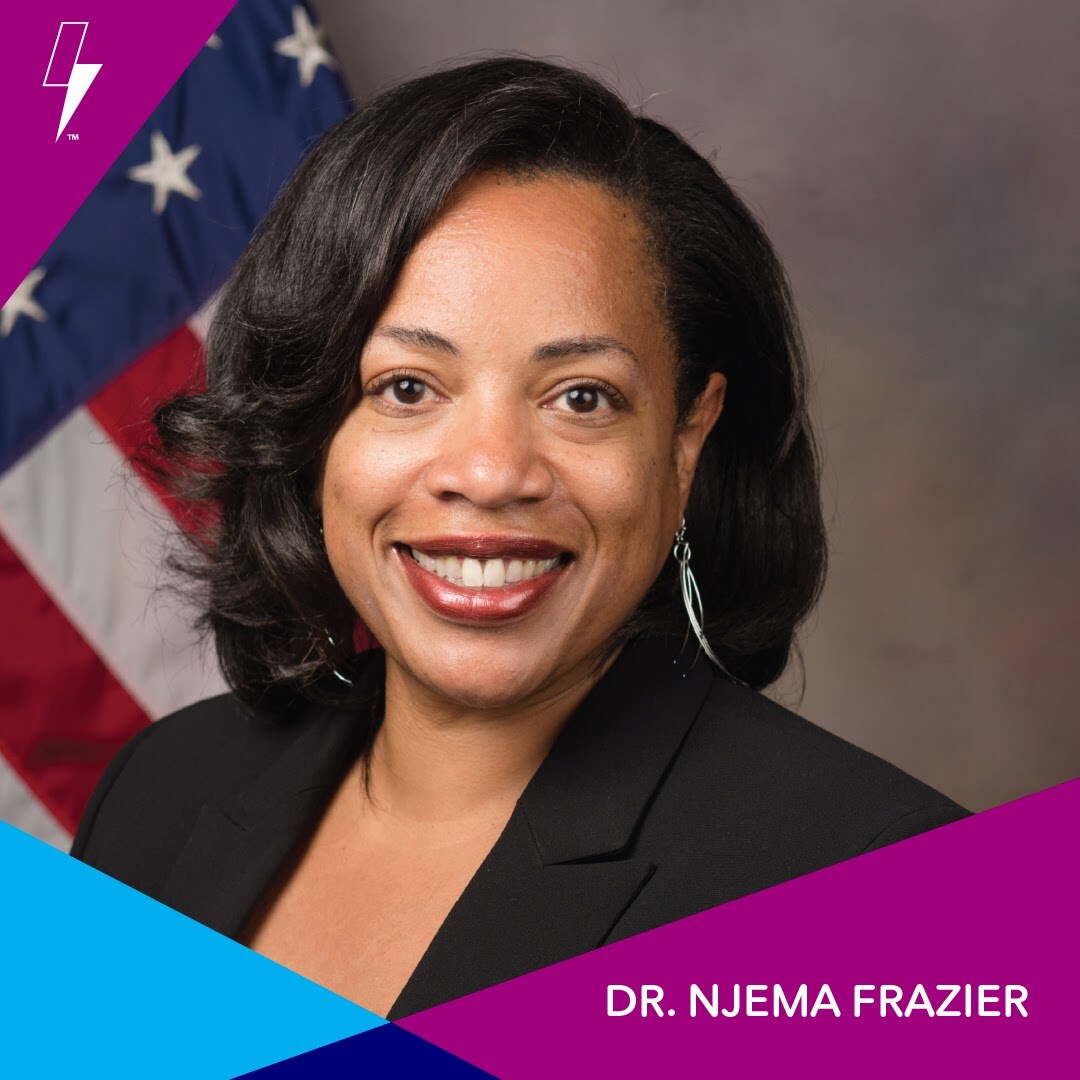
Dr. Njema Frazier is a theoretical nuclear physicist with a master’s and Ph.D. from Michigan State University and a B.S. in physics from Carnegie Mellon University. Currently, Dr. Frazier works for the Department of Energy’s National Nuclear Security Administration (NNSA). At the NNSA, she works to establish the safety and security of stockpiled nuclear weapons without the need for nuclear explosive testing. She has led nuclear weapons modeling and simulation efforts as well as international collaborations. She is also acting director of the Office of Inertial Confinement Fusion (ICF).
Aside from an impressive history of working in STEM, Dr. Frazier makes committed efforts to be an advocate for improved diversity and inclusion in the workplace and in the classroom. This is apparent in her positions as a member of the National Advisory Board of the National Society of Black Engineers (NSBE), chair of the Algebra by 7th Grade (Ab7G) Initiative for grades 3 through 7, and founder and CEO of Diversity Science, LLC. Dr. Frazier has also received multiple career awards including, but not limited to, the DOD Joint Civilian Service Commendation Award, the Black Engineer of the Year, Science Spectrum’s Trailblazer Award, and a feature in the Grio’s List of 100 History Makers in the Making.
Click here to read more about her.
